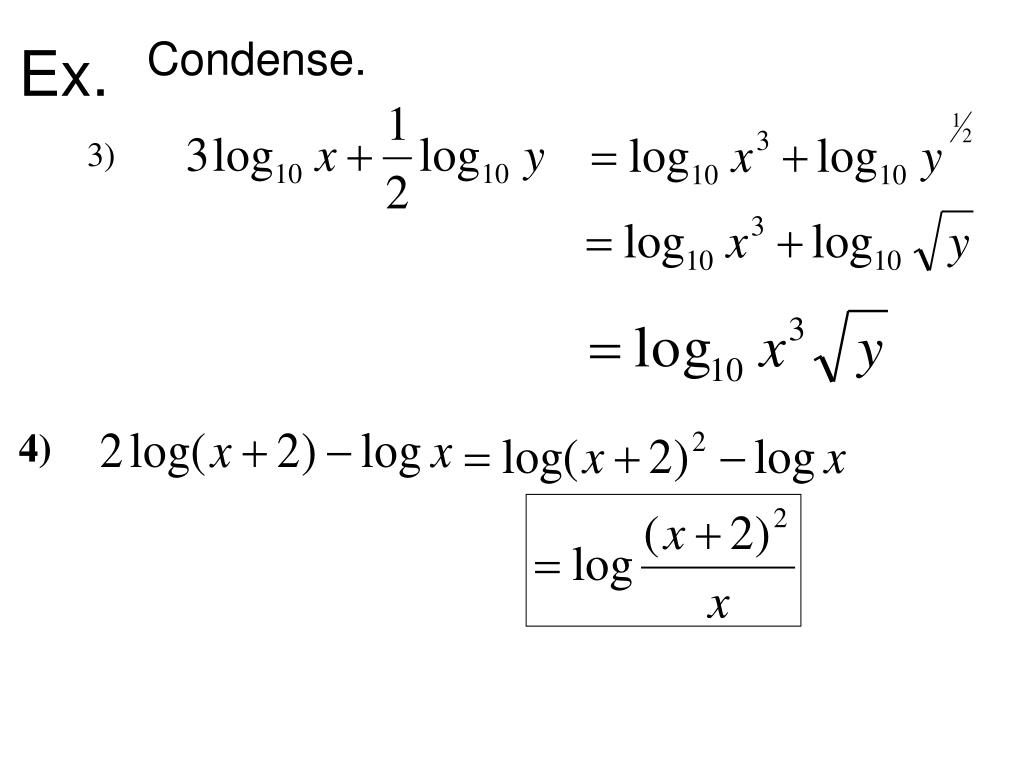

Over/Unders, or totals, are another typical NHL bet. This is commonly referred to as a “ pick ‘em ” matchup. In some instances, oddsmakers will set an even spread, which means that they see each team as likely to win the contest as the other. A push means that no team covered the spread and you will get the money back that you placed on the wager. There's also another scenario that is known as a “ push ”. Betting on Los Angeles would net someone $165 for every $100 invested if they covered the spread whereas a bettor would earn $100 for every $205 invested on Columbus if they covered the spread. The vig for the spread works the same as a moneyline when calculating a bet's potential payout. The juice is +165 for Los Angeles and -205 for Columbus because hockey scores tend to end within one goal of each other often. In this game, each team has their own juice number, meaning that the tax you pay to the sportsbook will be different depending on the team you wager on. Typically, you'll see this number directly below the spread in a smaller font. Columbus:Īside from the spread number, bettors also need to be aware of the juice, or the vig, which is the “tax” that betters pay to a sportsbook to place their wager.


A bet on the underdog will, if the team wins the game outright or loses by less than allotted goal line. The number next to this minus sign is how many goals the favored team has to win by in order to cover the bet. Similar to a moneyline bet, a minus sign (-) is assigned to the favorite team. To cover a spread, the selected team must beat the goal line that was assigned by oddsmakers for a particular contest. In this type of wager, the bettor has correctly pick which team will win or lose by a specific amount of goals. The point/goal spread may also be referred to as a margin of victory bet, bets against the spread, or simply, the spread. Bettors must risk more money to profit when placing a wager on a favorite as compared to an underdog. By contrast, Los Angeles' moneyline of -142 means that a bettor would win $100 for every $142 invested. This would give you a total payout of $218 with your original $100 wager included. Columbus matchup, a $100 bet on Columbus at +118 odds would result in a $118 profit if they won the game.
Condense into a single logarithm calculator plus#
The specific numbers next to the plus or minus signs indicate the associated payout amount for betting on each team. Columbus is the underdog with the +130 moneyline. You can tell that Los Angeles is the favored team in this game because they have a -152 designation moneyline. You can tell which team is the favorite in an odds table as they will be designated with a minus sign (-) while the underdog will be given a plus sign (+). Here's how the moneyline bet looks for our selected NHL matchup:

The favorite is the team that is expected to win the contest, and conversely, the underdog is the team that is expected to lose. Almost every single game will have a favorite team and an underdog team. NHL moneyline bets simply require a bettor to select the winner of a particular contest. The most common betting types that you will encounter with NHL are: Understanding the various types of NHL bets, and how they payout, is a must before placing a wager with any confidence. We will use the odds table between the Los Angeles Kings and Columbus Blue Jackets as an example throughout this guide. This NHL betting guide will give you the foundational information that you need to understand basic betting terminology, interpret game odds, and utilize moneylines to help you make educated NHL picks each week. If you’re new to sports betting, or specifically NHL betting, our standard odds tables may be a bit overwhelming.


 0 kommentar(er)
0 kommentar(er)
